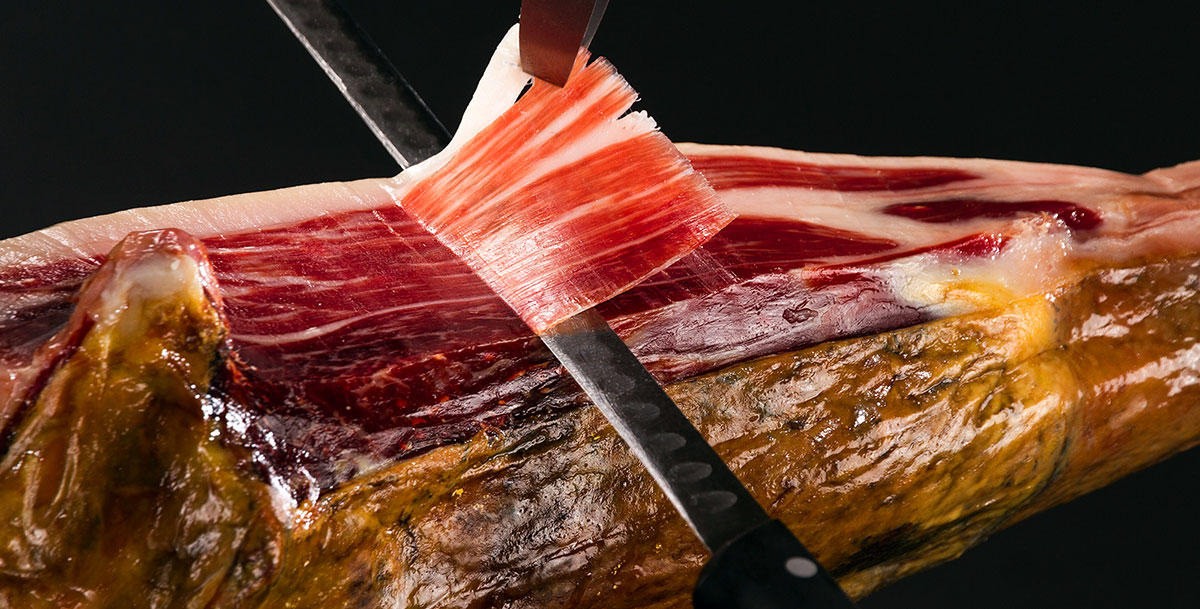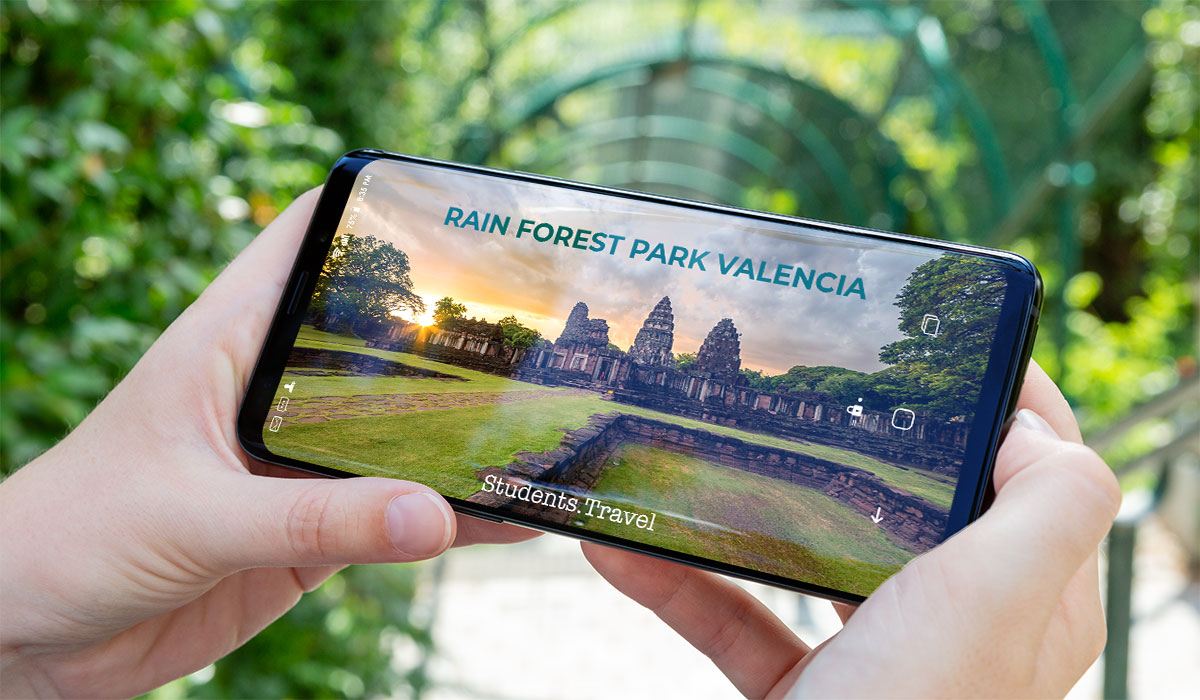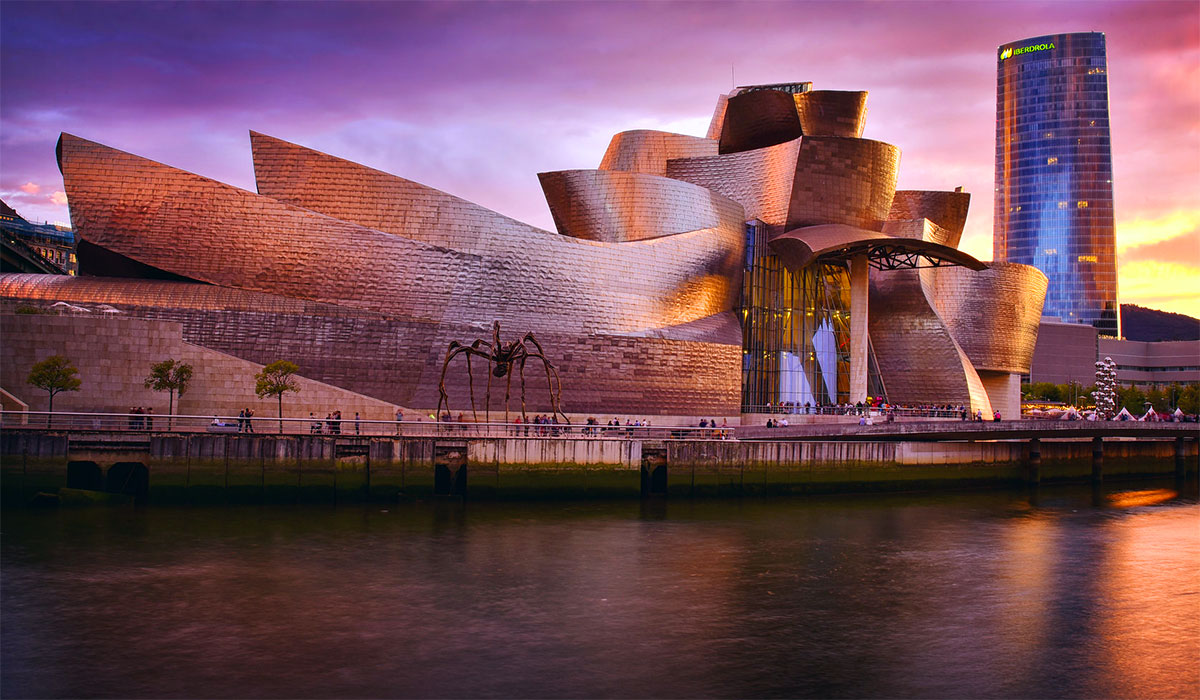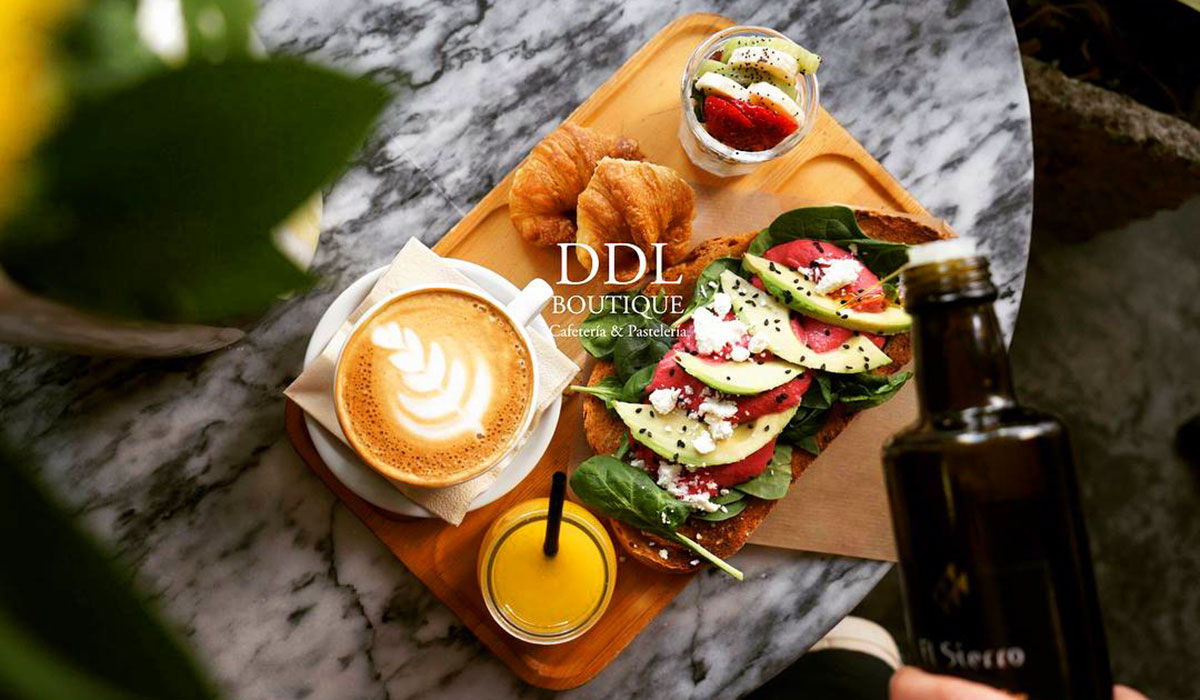Xàtiva’s castle, a fortress in the middle of the Valencian region
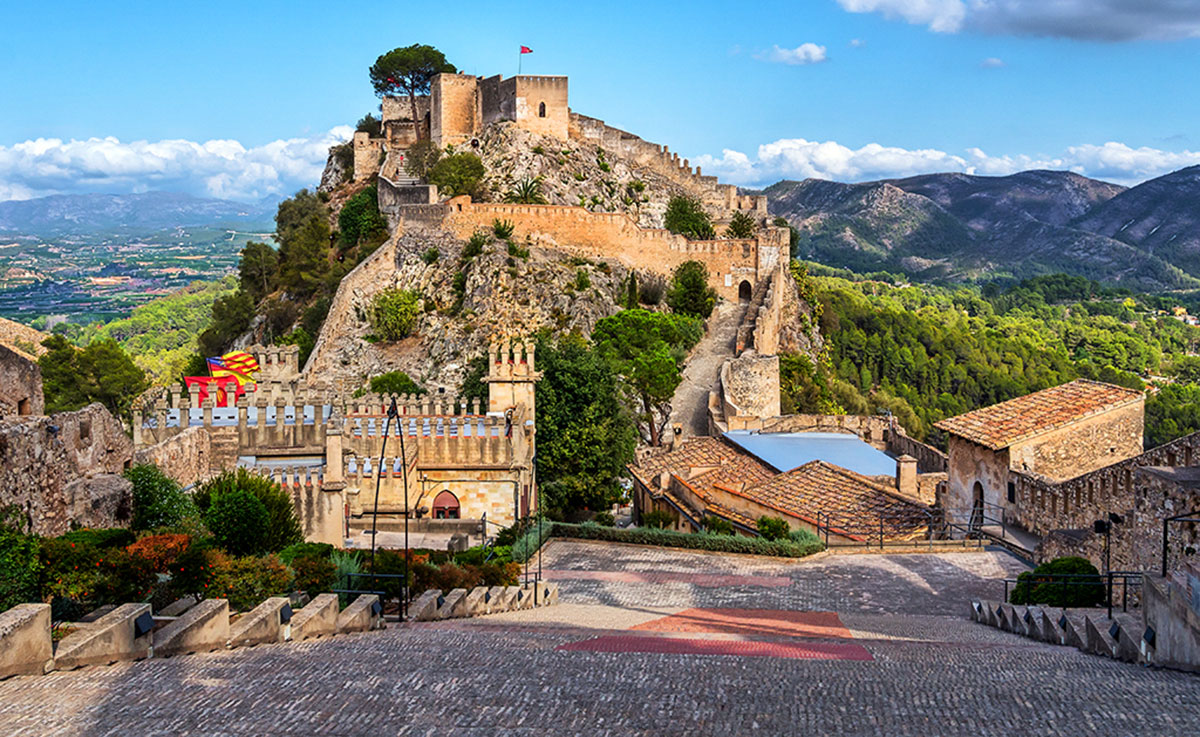
Xàtiva’s castle
In Xàtiva you can find a peculiar castle, a castle formed by two fortresses instead of one. This castle was part of a very important part of the history of Xàtiva. It has been the testimony of innumerable conflicts over the years, an excellent example is Aníbal’s strategy or the Al-Ándalus period.
This ‘double castle’ is located in the Sierra de Vernisa and its origins date back to the Iberian era for the Castillo Menor (Minor Castle). During that time it was very important to build fortifications like this in the highest parts of the mountains. The Castillo Mayor (Greater Castle) was built by the Romans later on. A distinctive point of the castle are its walls, which date back to the most medieval time of Xàtiva.
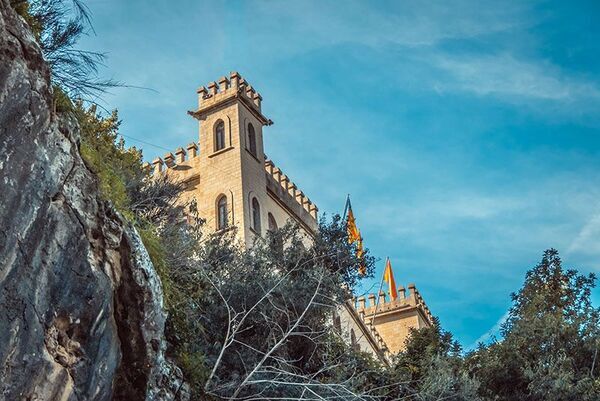
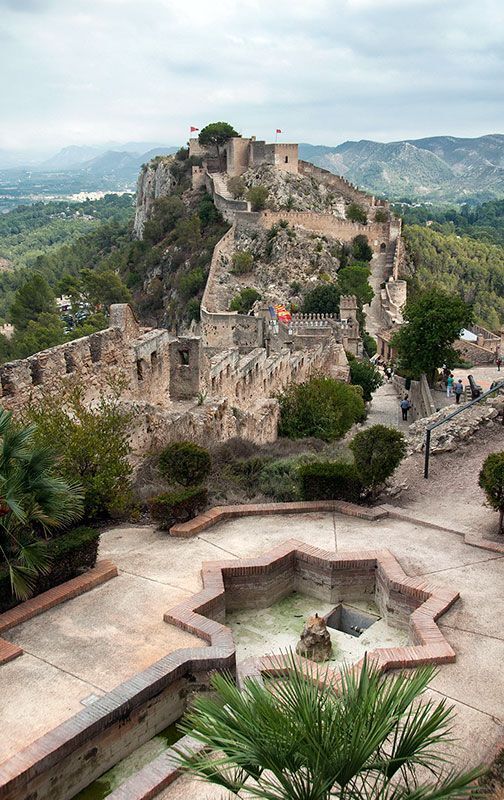
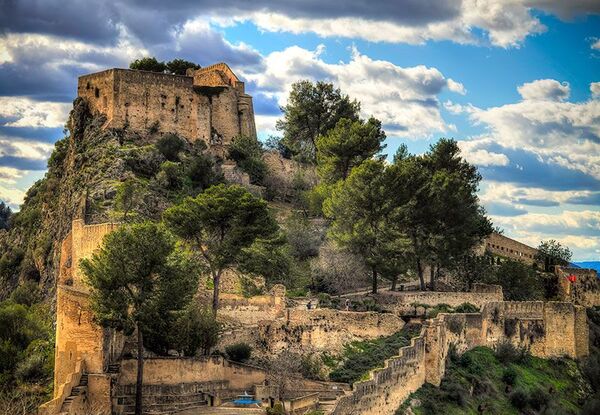
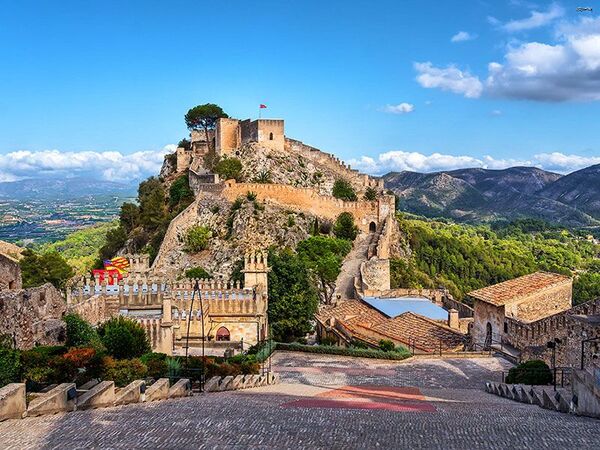
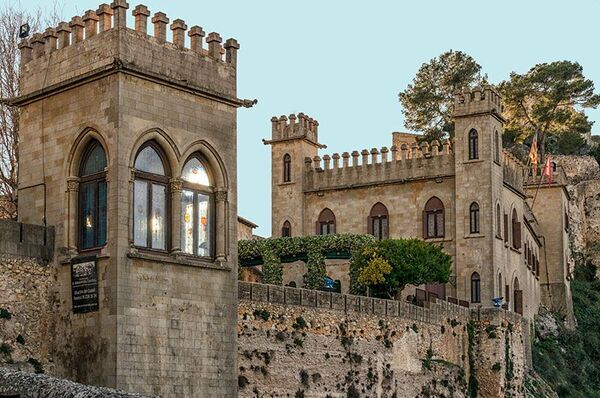





Xàtiva’s castle is of great architectural work and cultural interest. It is easy to spot the Roman and Islamic influence in the architecture, as well as the Gothic and Iberian aspects.
Among the most outstanding parts of the castle, we find “La porta ferrisa”, meaning the ‘iron door’. It is the main entrance to the castle, the door that is currently there is not the original one, since that one was destroyed by the French army in the Guerra de la independencia (War of Independence), however, this door is located in the same place as the original.
The Plaza de Armas, is the courtyard that is located in the center of the castle where a small modern Gothic style residence can be spotted. You can access it from the Castillo Menor as well as the Castillo Mayor.
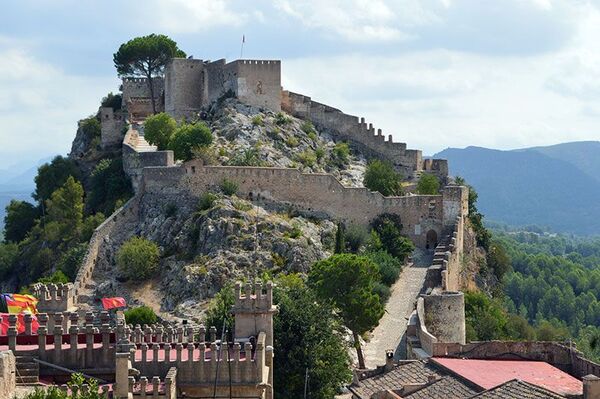
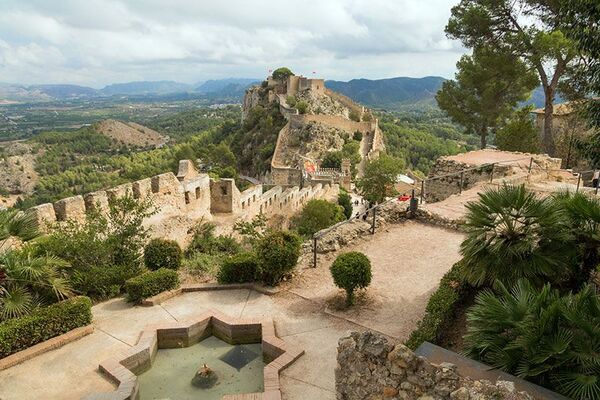
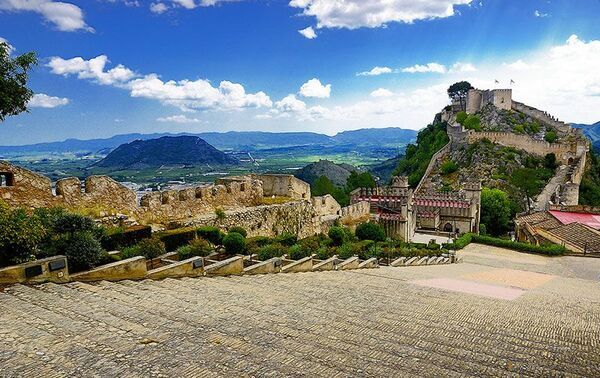
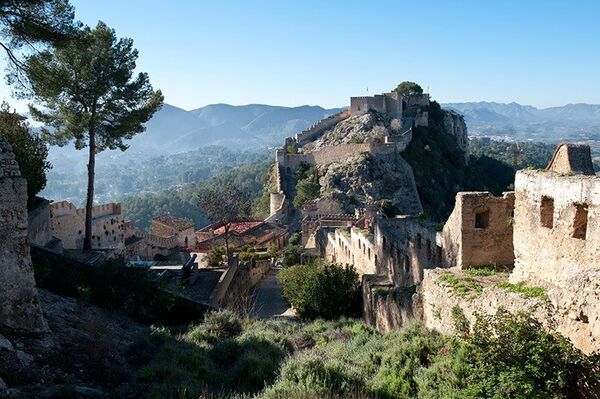
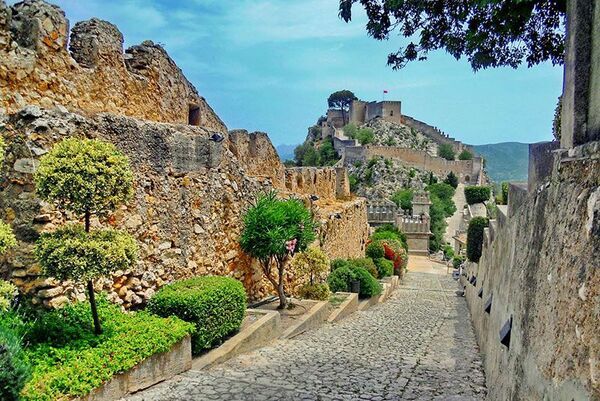





Finally, another area that should be highlighted in the Xàtiva castle is the Ibn Hazm gardens. They are recently built gardens, where typical flowers and plants of that time were found. Interesting to know is that these gardens were thought of as a dedication to the Andalusian poet Ibn Hazm, who took refuge in this city. He wrote “Collar de la paloma” there, a very outstanding poem in that time.
This ‘double castle’ is located in the Sierra de Vernisa and its origins date back to the Iberian era for the Castillo Menor (Minor Castle). During that time it was very important to build fortifications like this in the highest parts of the mountains. The Castillo Mayor (Greater Castle) was built by the Romans later on. A distinctive point of the castle are its walls, which date back to the most medieval time of Xàtiva.










Xàtiva’s castle is of great architectural work and cultural interest. It is easy to spot the Roman and Islamic influence in the architecture, as well as the Gothic and Iberian aspects.
Among the most outstanding parts of the castle, we find “La porta ferrisa”, meaning the ‘iron door’. It is the main entrance to the castle, the door that is currently there is not the original one, since that one was destroyed by the French army in the Guerra de la independencia (War of Independence), however, this door is located in the same place as the original.
The Plaza de Armas, is the courtyard that is located in the center of the castle where a small modern Gothic style residence can be spotted. You can access it from the Castillo Menor as well as the Castillo Mayor.










Finally, another area that should be highlighted in the Xàtiva castle is the Ibn Hazm gardens. They are recently built gardens, where typical flowers and plants of that time were found. Interesting to know is that these gardens were thought of as a dedication to the Andalusian poet Ibn Hazm, who took refuge in this city. He wrote “Collar de la paloma” there, a very outstanding poem in that time.



